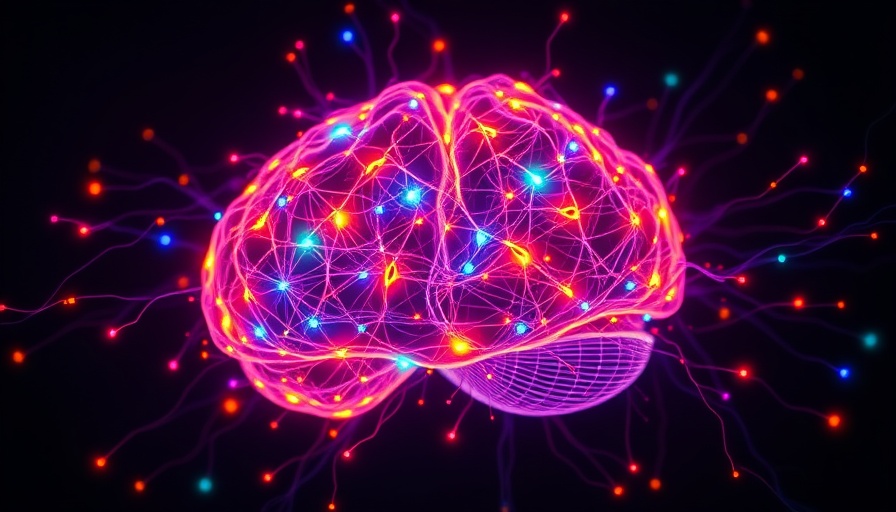
Rethinking Brain Plasticity: What Recent Findings Mean for Your Child
Recent studies have initiated a paradigm shift in our understanding of brain plasticity, particularly how children learn and develop. Long-held theories proposing that our brains remain flexible and adaptable diminish in the wake of groundbreaking new insights. These findings could have profound implications for parents navigating the complexities of their children's developmental milestones.
Understanding New Theories in Brain Development
Brain plasticity refers to the brain's remarkable ability to change throughout life, altering its structure and function in response to learning and experience. Traditionally, scientists believed this adaptability peaked during childhood, gradually declining with age. However, emerging research suggests a more nuanced perspective.
Recent analyses point towards stable regions in the developing brain that retain plasticity well into adulthood, contradicting previously accepted models. This revelation poses critical questions for parents: How can we harness this newfound understanding to better support our children's learning environments?
The Importance of Active Engagement in Learning
One significant takeaway from these recent findings is the crucial role of active engagement in learning processes. Instead of merely absorbing information, children thrive in environments that enable interaction, creativity, and problem-solving. Neuroscience now supports that children who engage in hands-on learning activities—like building projects, art, and even certain types of gameplay—can stimulate brain development in dynamic ways.
As parents, embracing these strategies can lead to healthier cognitive growth. Implementing device-free activities encourages real-life social interactions and boosts creativity, aligning with the latest insights into brain functioning.
Emotional and Social Development: More Than Just Academics
The shift in understanding brain plasticity extends beyond cognitive capabilities; it also encompasses emotional intelligence and resilience. Research indicates that children exposed to diverse social scenarios are better equipped to form emotional connections and adapt to challenges. This adaptability could be amplified if we, as parents, prioritize emotional learning through group activities, family discussions, and empathy-building exercises.
Encouraging open communication and emotional expression can fortify the neural pathways associated with empathy and understanding, setting the stage for healthier relationships and emotional well-being as they grow.
Future Predictions: Learning Approaches Shaped by Neuroscience
We are on the brink of a transformative period concerning educational practices in light of these new findings. Innovative teaching methodologies that integrate emotional intelligence, creativity, and social engagement are likely to become more prevalent. Schools across the world may start rethinking their curricula to align with the neurological insights that suggest active, engaged learning fosters brain adaptability best.
For parents, this evolution presents an opportunity. As you consider your child's educational path, seek out schools and programs that champion holistic approaches emphasizing hands-on, experiential learning alongside traditional academic frameworks.
A Call to Action: Embrace Change for Your Child's Future
Discovering how to implement these insights can feel overwhelming, but it doesn't have to be. Start by creating space for open conversations about feelings, fostering creativity in daily activities, and ensuring your family’s engagement with the outside world remains robust. As we collectively embrace these new perspectives, we can elevate our children’s learning journeys and nurture their full potential.
Incorporating these strategies into your family routine not only elevates cognitive development but also assists in laying a strong emotional backbone. Let’s work together to ignite the power of adaptability in our children’s brains and prepare them for a bright future!
 Add Row
Add Row  Add
Add 




Write A Comment